I'd like to share with you how I address this kind of question. My case is slightly different as the result of table2 is dynamic and the column numbers may be less than that of table1. But the concept is the same.
First, get the result of table2.

Next, unpivot it.

Then write the update query using dynamic SQL. Sample code is written for testing 2 simple tables - tblA and tblB
--CREATE TABLE tblA(id int, col1 VARCHAR(25), col2 VARCHAR(25), col3 VARCHAR(25), col4 VARCHAR(25))
--CREATE TABLE tblB(id int, col1 VARCHAR(25), col2 VARCHAR(25), col3 VARCHAR(25), col4 VARCHAR(25))
--INSERT INTO tblA(id, col1, col2, col3, col4)
--VALUES(1,'A1','A2','A3','A4')
--INSERT INTO tblB(id, col1, col2, col3, col4)
--VALUES(1,'B1','B2','B3','B4')
DECLARE @id VARCHAR(10) = 1, @TSQL NVARCHAR(MAX)
DECLARE @tblPivot TABLE(
colName VARCHAR(255),
val VARCHAR(255)
)
INSERT INTO @tblPivot
SELECT colName, val
FROM tblB
UNPIVOT
(
val
FOR colName IN (col1, col2, col3, col4)
) unpiv
WHERE id = @id
SELECT @TSQL = COALESCE(@TSQL + '''
,','') + colName + ' = ''' + val
FROM @tblPivot
SET @TSQL = N'UPDATE tblA
SET ' + @TSQL + '''
WHERE id = ' + @id
PRINT @TSQL
--EXEC SP_EXECUTESQL @TSQL
PRINT @TSQL result:



